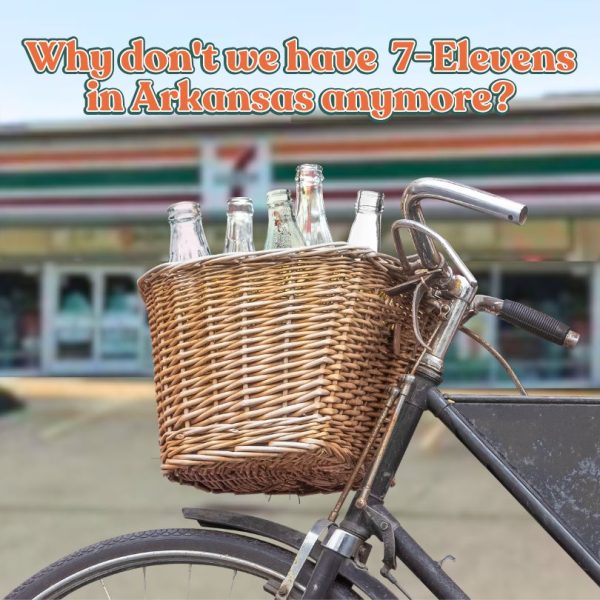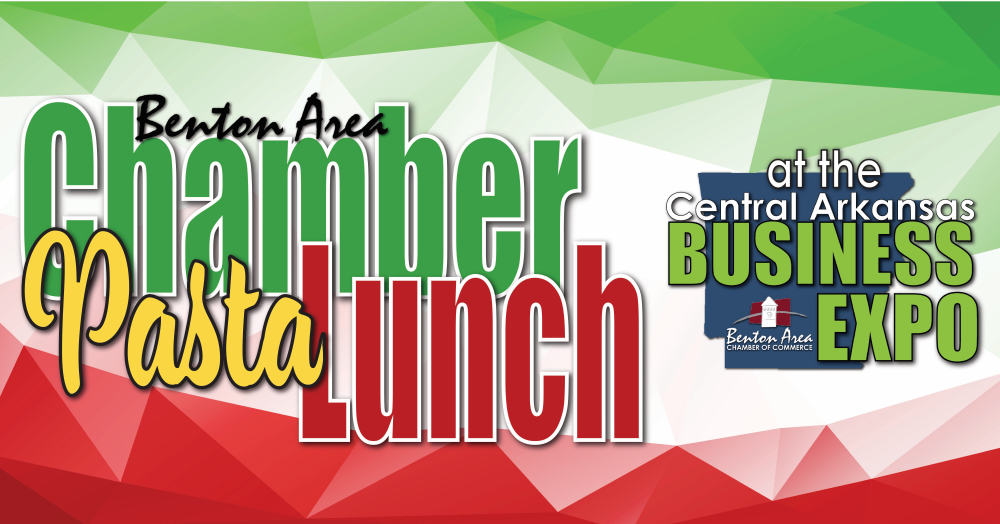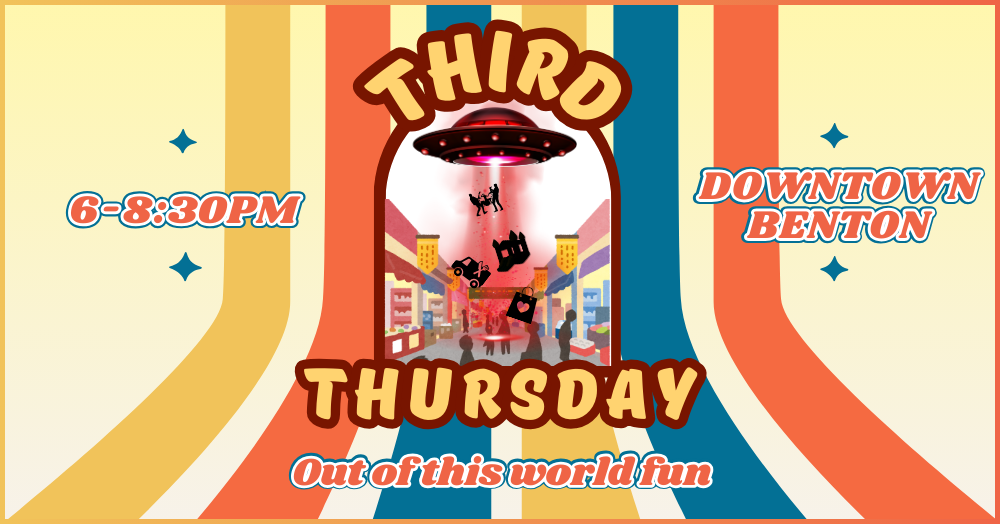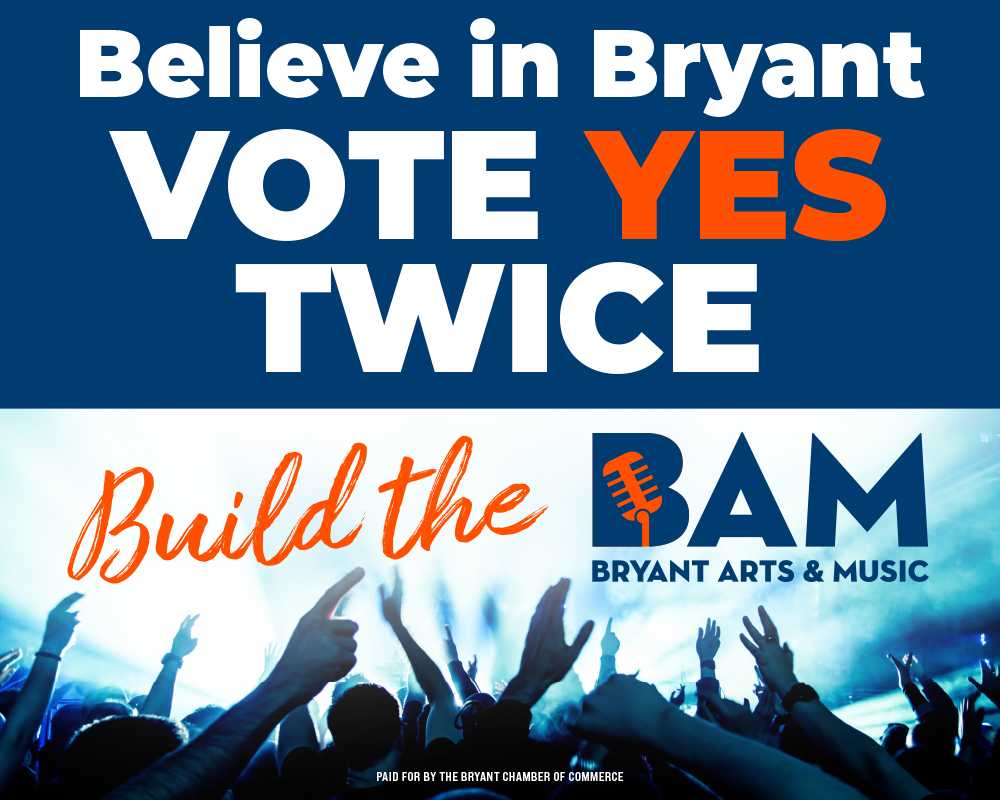
Why are there no 7-Elevens in Arkansas? It all went down in 1988.
I have great memories of being a kid growing up in the southwest area of Little Rock, Arkansas, riding my bicycle with the basket full of glass soda bottles, headed up to the local 7-Eleven to turn them in. This wasn’t because I felt the need to recycle. It was the ’80s and hardly anyone did that, especially not kids on bicycles.
READ MORE BELOW
The reason I carefully gathered these breakable remnants of past guzzle sessions, was because each bottle was worth a nickel if you returned it to any local store that sold sodas… and I wanted those nickels to buy candy! This was my side job, besides going to school and learning all the things. If I wanted candy, this was how I got it.
Once I turned 16 and was driving, you’d think I would have cleaned up, considering how much soda our family drank. I would have been able to carry so many more bottles in my Buick than I ever could on a Huffy! At that age, I considered myself to be an adult, but I still loved candy. However, the glass bottles weren’t around anymore.
It started around 1970 that soda companies were putting drinks in plastic bottles. They didn’t ask my permission. By the late ’80s it had gotten more prevalent and the companies weren’t paying a nickel anymore for bottle returns. I could go into all kinds of ramifications for that decision, like the need for recycling, the pollution on land and in the oceans… but the main problem for my teen self was that candy money had to come from somewhere else.
I’m off the point of the article which was the disappearing 7-Elevens. As a couple more years went by, I graduated high school and I had a job, a relationship and other responsibilities, so my dear friend candy was no longer in my weekly routine. My trips to the gas station were just to fill up the car and pay. It took me a minute, but I suddenly realized in 1988 that all the 7-Elevens were gone. Circle K stores were popping up in their place. This also happened without my permission and I was mad about it, even if I wasn’t a “stakeholder” anymore.
Did I write a letter or look them up in the phone book to give them a piece of my mind? Nope. In fact, I didn’t do or say a whole lot about it until just now, 36 years later. If I had sugar from some candy, it might have sped me up some. Actually, no, I’ve eaten a lot of candy since then and especially the rest of the Reese’s cups on Halloween night.
I’m off track again. Why did the 7-Elevens close? On Leap Day of 1988, Circle K bought nearly 500 7-Eleven stores from the Southland Corporation in Dallas, Texas, according to AL magazine. The stores were located throughout the south, in the states of Alabama, Arkansas, Georgia, Louisiana and South Carolina. It’s not clear if there was a no-compete clause in the 1988 deal, but there have not been any availabilities to franchise a 7-Eleven store for any of those states since then, except that a few a opening in South Carolina.
The transaction seems like a small price these days. It was $147 million for 473 stores, or just under $311,000 per store and everything in it, according to a New York Times article from March 1, 1988.
Neither the Alabama article nor the New York one solved the mystery of whether there was a non-compete clause. We may never know. But we have the memories.





